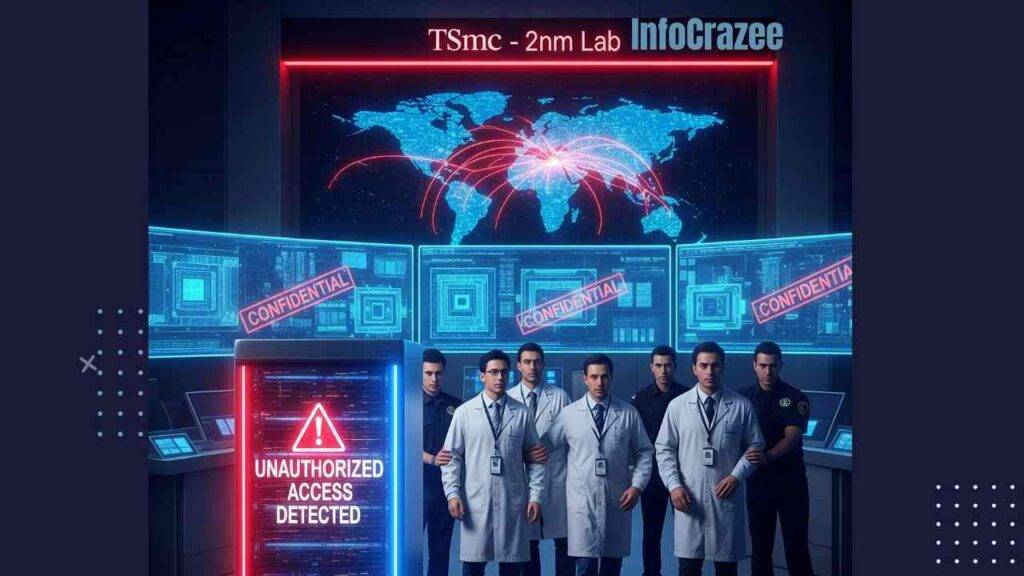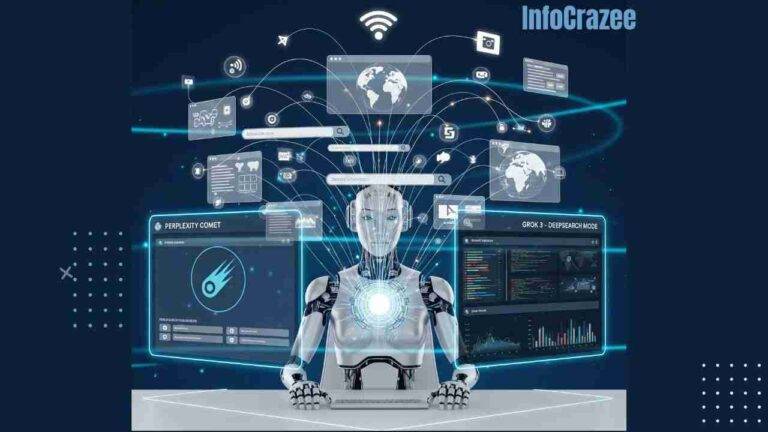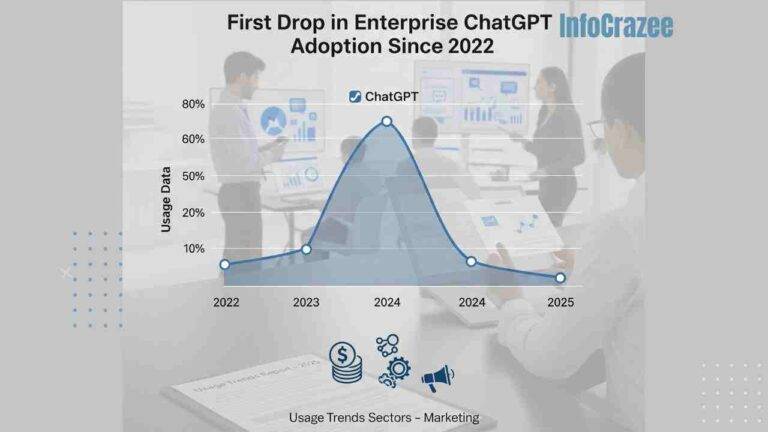Taiwan’s TSMC Fires Engineers Over Alleged Theft of Semiconductor Secrets
Taiwan Semiconductor Manufacturing Company (TSMC), the world’s largest contract chipmaker, has fired several employees and initiated legal action after uncovering a suspected theft of trade secrets related to its cutting-edge 2-nanometer (nm) chip technology. Taiwanese authorities have detained three individuals—two current and one former employee—in what marks the first case prosecuted under Taiwan’s National Security Act for semiconductor trade secret violations, according to the Taiwan High Prosecutors Office.
A Breach in the Heart of Innovation
TSMC, which produces over 90% of the world’s most advanced semiconductors, discovered the unauthorized access through its internal monitoring systems. The breach involved proprietary details of its 2nm chip technology, the industry’s most advanced in terms of density and energy efficiency, critical for powering next-generation AI systems, iPhones, and Nvidia’s high-performance chips. The company swiftly terminated the implicated employees, adhering to its “zero-tolerance policy” for trade secret violations, and reported the incident to prosecutors, as reported by Nikkei Asia.

The Taiwan High Prosecutors Office detained the three suspects late July 2025 after searches of their homes and workplaces. Two others were released on bail, and one was released without charges. The investigation, led by the intellectual property branch, is probing whether the suspects intended to leak the secrets to foreign entities, though no specific foreign state has been named.
National Security Implications
This case is the first to invoke Taiwan’s National Security Act, amended in 2022 to protect critical industries like semiconductors from economic espionage. Violations involving sub-14nm chip technology carry penalties of up to 12 years in prison and fines up to $3 million. The law reflects Taiwan’s recognition of its semiconductor industry—led by TSMC—as a strategic asset amid global tech rivalries, particularly between the U.S. and China.
TSMC’s CEO, C.C. Wei, emphasized the complexity of its 2nm manufacturing process at a June 2025 shareholder meeting, stating it’s “beyond the capacity of an individual, or even a hundred, to steal.” The company’s compartmentalized approach, spreading knowledge across thousands of engineers and relying on proprietary equipment, makes large-scale theft challenging but not impossible.
Industry and Geopolitical Context
The alleged theft comes at a tense time for TSMC, which faces scrutiny over its global operations. A U.S. Department of Commerce investigation, launched in 2024, is examining whether TSMC chips ended up in Huawei’s AI processors, potentially violating export controls. TSMC suspended shipments to China-based Soph Go after the issue surfaced and maintains it has not supplied Huawei since September 2020.
Speculation on X suggests the breach could involve foreign competitors, with some posts pointing to Chinese firms like Huawei or SMIC, though no evidence confirms this. Taiwanese media outlet United Daily News reported searches at Tokyo Electron’s offices, but both the company and prosecutors declined to comment.
TSMC’s Response and Future Safeguards
TSMC has reinforced its security measures, including biannual employee reminders about intellectual property confidentiality and enhanced email monitoring, practices tightened after past incidents like a 2003 case involving SMIC. The company’s proactive detection and legal action signal a robust defense of its intellectual property, critical to maintaining its edge over rivals like Samsung and Intel.
As investigations continue, the case underscores the high stakes of semiconductor innovation. With TSMC’s 2nm chips set to power the next wave of AI and consumer tech, protecting its trade secrets is not just a corporate priority but a matter of global economic and technological security.






